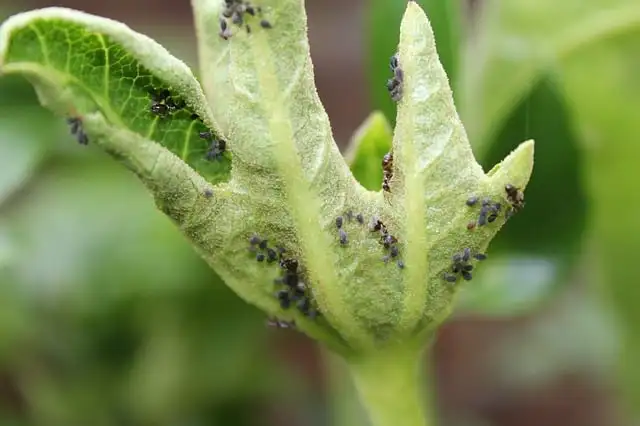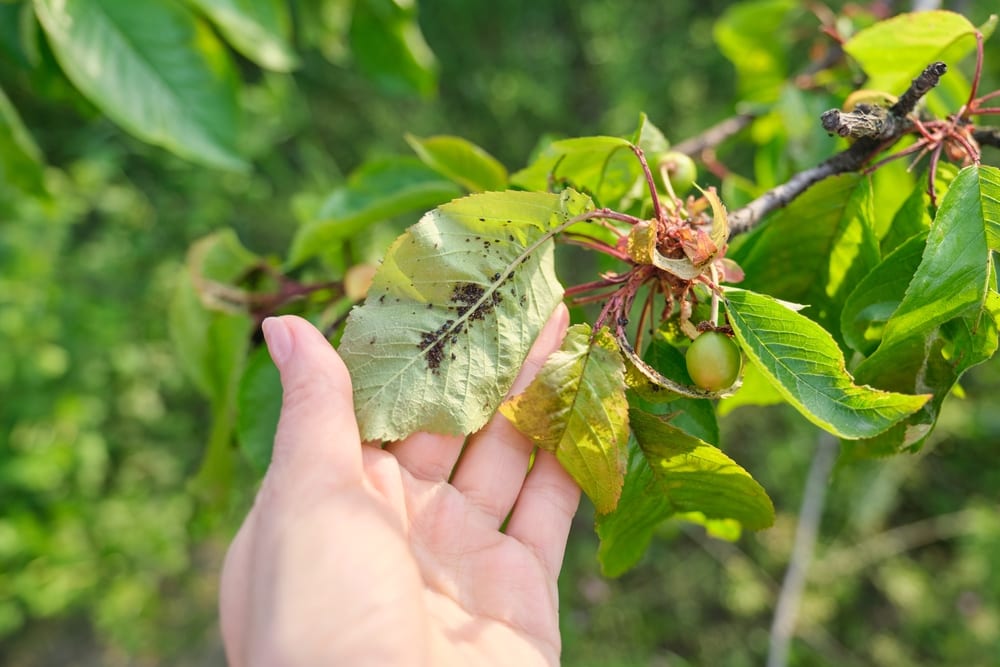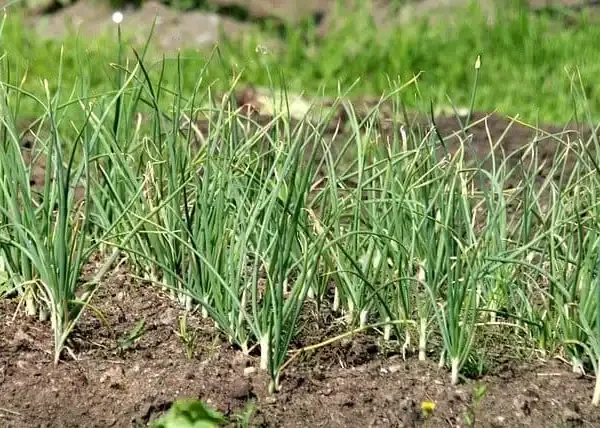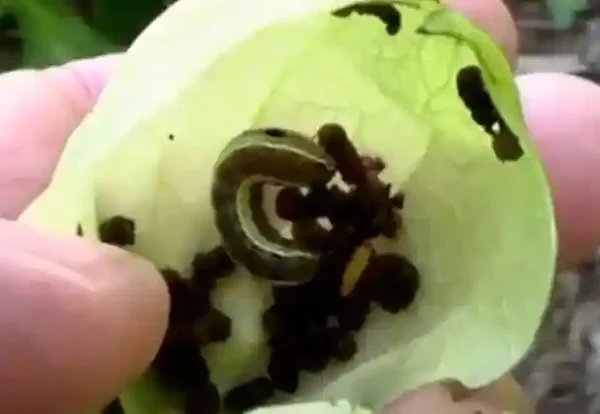Apple Maggot (Rhagoletis pomonella)
Identification
Apple maggots are small, white maggots that burrow into apples, causing brown, discolored patches.
Control Methods
Use pheromone traps to monitor adult fly activity, apply sticky traps to catch egg-laying females, and implement cultural practices such as removing fallen fruits to reduce infestations.
Codling Moth (Cydia pomonella)
Identification
Codling moth larvae tunnel into apples and pears, leaving behind frass and damaged fruit.
Control Methods
Apply insecticidal sprays targeting adult moths before egg-laying, use pheromone traps to monitor moth activity, and wrap tree trunks with sticky bands to prevent larvae from crawling up.
Plum Curculio (Conotrachelus nenuphar)
Identification
Plum curculio adults leave characteristic crescent-shaped scars on fruit, while larvae tunnel into developing fruits.
Control Methods
Apply insecticidal sprays targeting adults before egg-laying, shake trees to dislodge adult beetles, and use barrier methods such as kaolin clay to deter oviposition.
Peach Tree Borer (Synanthedon exitiosa)
Identification
Peach tree borer larvae tunnel into the bark of peach and cherry trees, causing wilting and dieback.
Control Methods
Prune and destroy infested branches, apply insecticidal sprays targeting adult moths, and use pheromone traps to monitor moth activity.
Aphids (Aphidoidea)
Identification
Aphids feed on new growth, causing curling leaves, stunted growth, and honeydew secretion.
Control Methods
Introduce natural predators such as ladybugs and lacewings, apply insecticidal soap or neem oil sprays, and hose off aphids with a strong jet of water.
Spider Mites (Tetranychidae)
Identification
Spider mites feed on the undersides of leaves, causing stippling, webbing, and leaf discoloration.
Control Methods
Increase humidity to discourage mite infestations, apply horticultural oil sprays to suffocate mites, and introduce predatory mites or insects.
European Apple Sawfly (Hoplocampa testudinea)
Identification
European apple sawfly larvae tunnel into apple fruit, leaving behind brown, corky scars.
Control Methods
Prune and destroy infested fruits, apply insecticidal sprays targeting adults before egg-laying, and use pheromone traps to monitor adult activity.
Cherry Fruit Fly (Rhagoletis cingulata)
Identification
Cherry fruit fly larvae tunnel into cherries, causing brown, discolored patches and premature fruit drop.
Control Methods
Use pheromone traps to monitor adult fly activity, apply sticky traps to catch egg-laying females, and bag individual fruits with fine mesh netting.
Scale Insects (Coccoidea)
Identification
Scale insects attach themselves to branches and leaves, sucking sap and causing leaf yellowing and wilting.
Control Methods
Scrape off scale insects with a soft brush or cloth, apply horticultural oil sprays to suffocate scales, and introduce natural predators such as parasitic wasps.
Thrips (Thysanoptera)
Identification
Thrips feed on flower buds and fruits, causing deformed growth, bronzing, and scarring.
Control Methods
Apply insecticidal soap or neem oil sprays, introduce predatory insects such as minute pirate bugs, and remove weeds and debris to reduce thrips habitat.
By implementing these proactive measures and monitoring fruit trees regularly, gardeners can effectively manage common pests and protect their harvests from damage.
What are the most common pests that affect fruit trees?
Common fruit tree pests include aphids, codling moths, apple maggots, plum curculios, and peach tree borers.
How can I identify fruit tree pests and distinguish them from beneficial insects?
Identifying pests involves recognizing their physical characteristics, damage patterns, and behavior. Beneficial insects, such as ladybugs and lacewings, can often be distinguished by their predatory behavior towards pests.
What are the signs of pest infestation in fruit trees?
Signs of pest infestation may include chewed leaves, damaged fruits, wilting, curling leaves, honeydew secretion, and the presence of eggs or larvae on plants.
What are some cultural practices that can help prevent fruit tree pest infestations?
Cultural practices like proper pruning, sanitation, crop rotation, and maintaining tree health through adequate watering and fertilization can help prevent pest infestations.
Are there any natural predators or biological control methods for managing fruit tree pests?
Yes, introducing natural predators like ladybugs, lacewings, and parasitic wasps, as well as using biological control agents such as beneficial nematodes, can help manage fruit tree pests.
What are the most effective chemical treatments for controlling fruit tree pests, and how should they be applied?
Chemical treatments like insecticidal soaps, horticultural oils, and insecticides containing specific active ingredients can be effective against fruit tree pests. Always follow label instructions for safe and proper application.
How can I monitor fruit tree pests to prevent infestations before they become severe?
Regularly inspecting fruit trees for signs of pest activity, using sticky traps, and setting up pheromone traps can help monitor pest populations and detect infestations early.
Are there any organic or non-toxic alternatives to chemical pesticides for managing fruit tree pests?
Yes, organic alternatives such as neem oil, insecticidal soaps, diatomaceous earth, and botanical insecticides can be effective against fruit tree pests while minimizing harm to beneficial insects and the environment.
How can I protect beneficial insects while controlling fruit tree pests?
To protect beneficial insects, avoid using broad-spectrum pesticides and opt for targeted treatments. Additionally, provide habitat resources like flowering plants and shelter for beneficial insects.
What should I do if my fruit trees are already infested with pests?
If fruit trees are already infested, implement integrated pest management strategies, including cultural, biological, and chemical control methods, to manage pest populations and minimize damage to trees and fruits.
- Tennessee’s THC Beverage Market - June 5, 2025
- Top THC Infused Seltzers in Delaware - June 5, 2025
- Florida’s Hottest THC Infused Beverages - May 28, 2025





